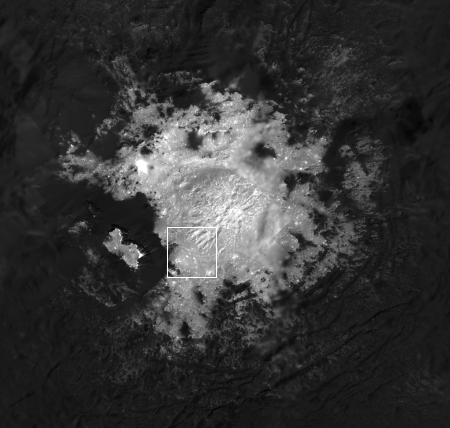Is the entrance to space 80 kilometers up instead of 100?
A new analysis by one scientist suggests that the official line when one enters space should be lowered from 100 kilometers to 80 kilometers.
A close look shows that the traditional definition flies in the face of evidence, says Jonathan McDowell, an astrophysicist at the Harvard-Smithsonian Center for Astrophysics in Cambridge, Massachusetts. As a hobby, McDowell compiles an influential, detailed record of rocket launches online.
…Most people continued to use 100 kilometers as a boundary, including the World Air Sports Federation (FAI) in Lausanne, Switzerland, the keeper of outer space records. Although definitions are always points of contention in science, it seemed worthwhile to McDowell to dig deeper, knowing such companies as Virgin Galactic and Blue Origin could soon be offering tourism flights to this boundary realm.
He started with data: namely, public records of satellite telemetry he had downloaded from the North American Aerospace Defense Command about the orbits of 43,000 satellites. Most didn’t matter for his project—they orbited far too high above the edge of outer space. But at least 50 had orbits that occasionally operated below 100 kilometers, such as the Soviet Elektron-4 satellite, which made 10 spins at 85 kilometers or below before disintegrating into the atmosphere in 1997. “Are you going to say [these satellites are] in space and then not in space every 2 hours?” he asked. “That doesn’t seem very helpful.” Below 80 kilometers, the story changes: It is highly unlikely a satellite will make another orbit, as thickening atmosphere sends it to a fiery end.
Considering that the Air Force has for many years used 50 miles, which is about the same as 80 kilometers, all McDowell is doing is accepting the American definition rather than an international one. It is also amusing how his actions help Virgin Galactic, since there have been rumors for years that their SpaceShipTwo design was never going to go as high as 100 kilometers, and was going to use the Air Force 50 mile definition to say their passengers reached space.
Putting Virgin Galactic aside, however, the Air Force definition has always made more sense. As McDowell notes, it better describes the dividing line between orbital space and the atmosphere where no satellite can remain in orbit.
A new analysis by one scientist suggests that the official line when one enters space should be lowered from 100 kilometers to 80 kilometers.
A close look shows that the traditional definition flies in the face of evidence, says Jonathan McDowell, an astrophysicist at the Harvard-Smithsonian Center for Astrophysics in Cambridge, Massachusetts. As a hobby, McDowell compiles an influential, detailed record of rocket launches online.
…Most people continued to use 100 kilometers as a boundary, including the World Air Sports Federation (FAI) in Lausanne, Switzerland, the keeper of outer space records. Although definitions are always points of contention in science, it seemed worthwhile to McDowell to dig deeper, knowing such companies as Virgin Galactic and Blue Origin could soon be offering tourism flights to this boundary realm.
He started with data: namely, public records of satellite telemetry he had downloaded from the North American Aerospace Defense Command about the orbits of 43,000 satellites. Most didn’t matter for his project—they orbited far too high above the edge of outer space. But at least 50 had orbits that occasionally operated below 100 kilometers, such as the Soviet Elektron-4 satellite, which made 10 spins at 85 kilometers or below before disintegrating into the atmosphere in 1997. “Are you going to say [these satellites are] in space and then not in space every 2 hours?” he asked. “That doesn’t seem very helpful.” Below 80 kilometers, the story changes: It is highly unlikely a satellite will make another orbit, as thickening atmosphere sends it to a fiery end.
Considering that the Air Force has for many years used 50 miles, which is about the same as 80 kilometers, all McDowell is doing is accepting the American definition rather than an international one. It is also amusing how his actions help Virgin Galactic, since there have been rumors for years that their SpaceShipTwo design was never going to go as high as 100 kilometers, and was going to use the Air Force 50 mile definition to say their passengers reached space.
Putting Virgin Galactic aside, however, the Air Force definition has always made more sense. As McDowell notes, it better describes the dividing line between orbital space and the atmosphere where no satellite can remain in orbit.







